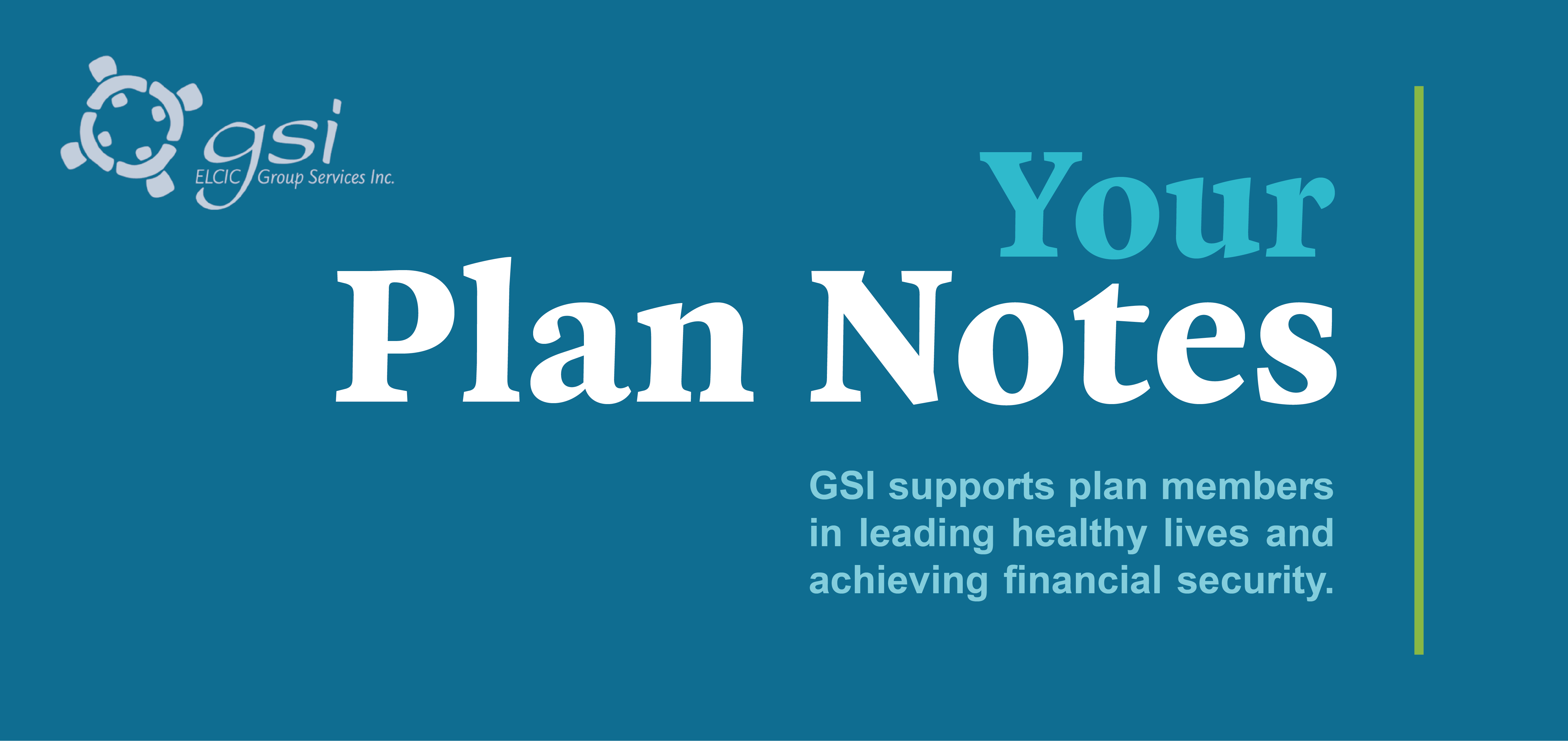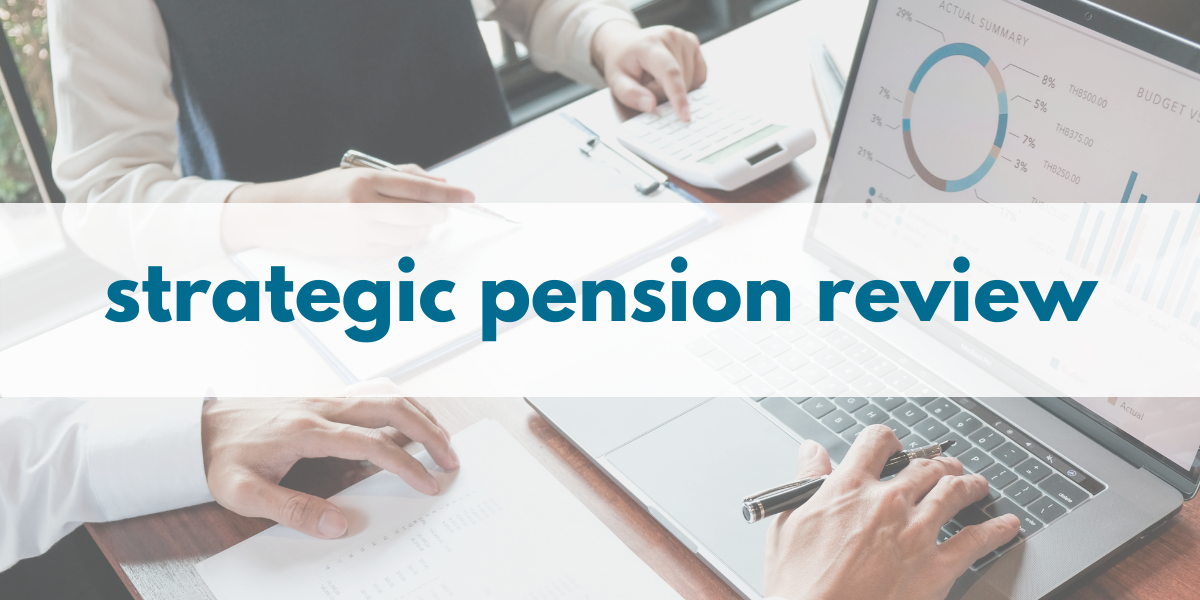
The May Pension Newsletter includes:

GSI provides treasurers with timely and relevant information on changes and reminders related to the pension and benefits plans that the congregations and ELCIC affiliates participate in and subscribe to.
These updates began more than twenty years ago as an annual letter sent during the fall budget season. In recent years GSI has typically issued a newsletter twice a year under our “what’s News at GSI” series.
As, over the years, GSI has been consistently evolving and focusing on integrating wellness and support for our members and employers, a new name was given to the newsletter.
“Your Plan Notes” was chosen to signify that the treasurer editions of the newsletter are for you, in your role as treasurer. These issues provide you with budget and payroll information, tips, and reminders about your ongoing responsibilities with respect to the Plans and updates on Plan and policy changes. We hope these issues support you in your plans for your congregation or organization.
We hope you enjoy this year’s modern version of the ELCIC Pension Plan 2021 Annual Report. With the work of the honey bee as our theme, we provide you with buzz on plan membership, investment results, and more! We hope you find the information interesting and relevant and we always welcome your feedback.

This report was prepared for plan members and participating employers as part of ELCIC Group Services Inc.’s ongoing strategic review and as a response to the 2021 Eastern Synod Assembly motion:
That the Eastern Synod petitioned Group Services Inc. to prepare a report detailing the advantages and disadvantages of the ELCIC joining a public sector type defined benefit pension plan and to make the report available to ELCIC congregations and GSI pension plan members.
We trust that this report provides useful information and an appreciation of the complexities around this issue and assesses other options. We will begin with a general governance framework and then get to more details.

As restrictions are lifting, individuals may be considering making some changes in either their personal or work life. The congregation may be also contemplating changes.
Should any of these changes affect plan members it would be great if you contact Barb at GSI to determine the impact or possible outcomes and next steps. We’ve listed some examples to help you recognize which event may be important.

Please review your invoice each month to ensure it is accurate. Balancing the invoice to your accounting records on a regular basis will help to catch discrepancies early and make adjustments easier.
Please let us know if there is a change to the salary. Permanent changes (i.e. annual increase) can be submitted on the salary calculation form. For hourly employees where the earnings fluctuate each month, a quick email to invoice@elcicgsi.ca allows us to issue a correct invoice.
Also, remember that the life insurance taxable benefit should be included in the employee’s earnings each month (on the pay stub) for the Canada Pension Plan and Income Tax withholdings. A calculation spreadsheet is provided on the GSI website. Early in the new year, GSI will email you a report to confirm the annual amount for the prior year.

The ELCIC Group Benefits Plan includes an Employee and Family Assistance Program (EFAP). This benefit is provided by an external, independent company, called LifeWorks, whose staff consists of experienced professionals, including psychologists, social workers, and addictions counselors. LifeWorks provides insights into the current mental health of Canadians.
GSI would like to share a couple of notes from their latest report with the survey results on key indicators of the state of Canadian’s mental health.
Two-thirds of Canadians said they feel valued for the work they do at their organization, and this group unsurprisingly had a higher mental health score than those who do not feel valued.
78% of Canadians agreed with the statement that the work they do is important. And again, no surprise that this group had a higher mental health score than those who do not feel their work is important.
These correlations between being valued and feeling like your work is important to better mental health are a good reminder and inspiration to foster the environment we want in our organization.
Two-thirds of Canadians are comfortable with less social interaction than they had before the pandemic.
This group had a higher mental health score than those who are not comfortable with less social interaction. Social interaction is an integral part of the work we do in the ELCIC and so this statistic is of interest to make us mindful of different reactions to the repercussions of the pandemic.
While scores in most areas of mental health have improved so far in 2022, generally the psychological health of Canadians is at the lowest point in the last 23 months.
The GSI-sponsored Employee and Family Assistance Plan is there to support the plan members in your organization. Let’s work towards not only recovering our mental health to pre-pandemic levels but coming out stronger!

Manulife is the provider of the health and life plus benefits in the ELCIC Group Benefits Plan.
They recently surveyed employees of 56 group sponsors (such as GSI) and received 6,141 responses from those employees. These results highlight key health indicators and overall wellness. Areas surveyed include physical health, mental health, and financial health.
Physical health
42% of respondents have 3 or more health risk factors and more than 50% think they are in good or very good health
29% of employees get less than the recommended 7 hours of sleep a night. The #1 factor affecting employees’ sleep is work-related stress.
39% are at risk due to low physical activity levels and are doing less than recommended 150min/week
69% are not eating 5 portions of fruits and vegetables per day.
74% report one or more musculoskeletal conditions and 24% have seen this impact their ability to work or their productivity.
35% of employees reported having one or more chronic conditions.
Mental health
51% of employees are experiencing feelings of loneliness
48% of employees are experiencing one work-related mental health risk factor
Financial health
57% of employees worry about their financial situation.
26% said worrying about money distracts them at work.
Role of the Workplace
Manulife concluded that a workplace can have a significant impact on an employee’s health based on reviewing the key health indicators. Let’s keep these in mind when managing the setting in our organizations and put in our best effort for physical, mental, and financial health.
Have a question for GSI?

